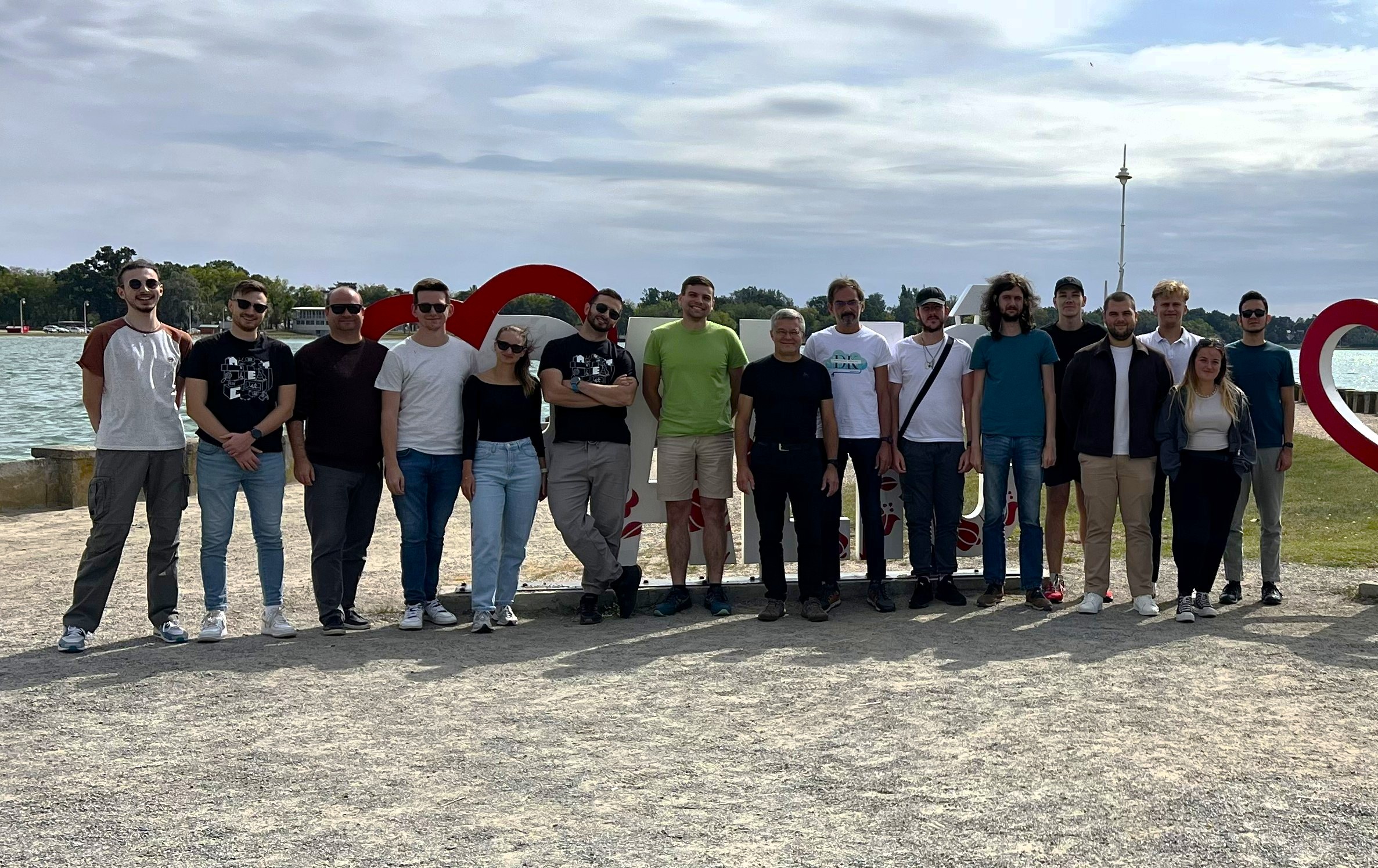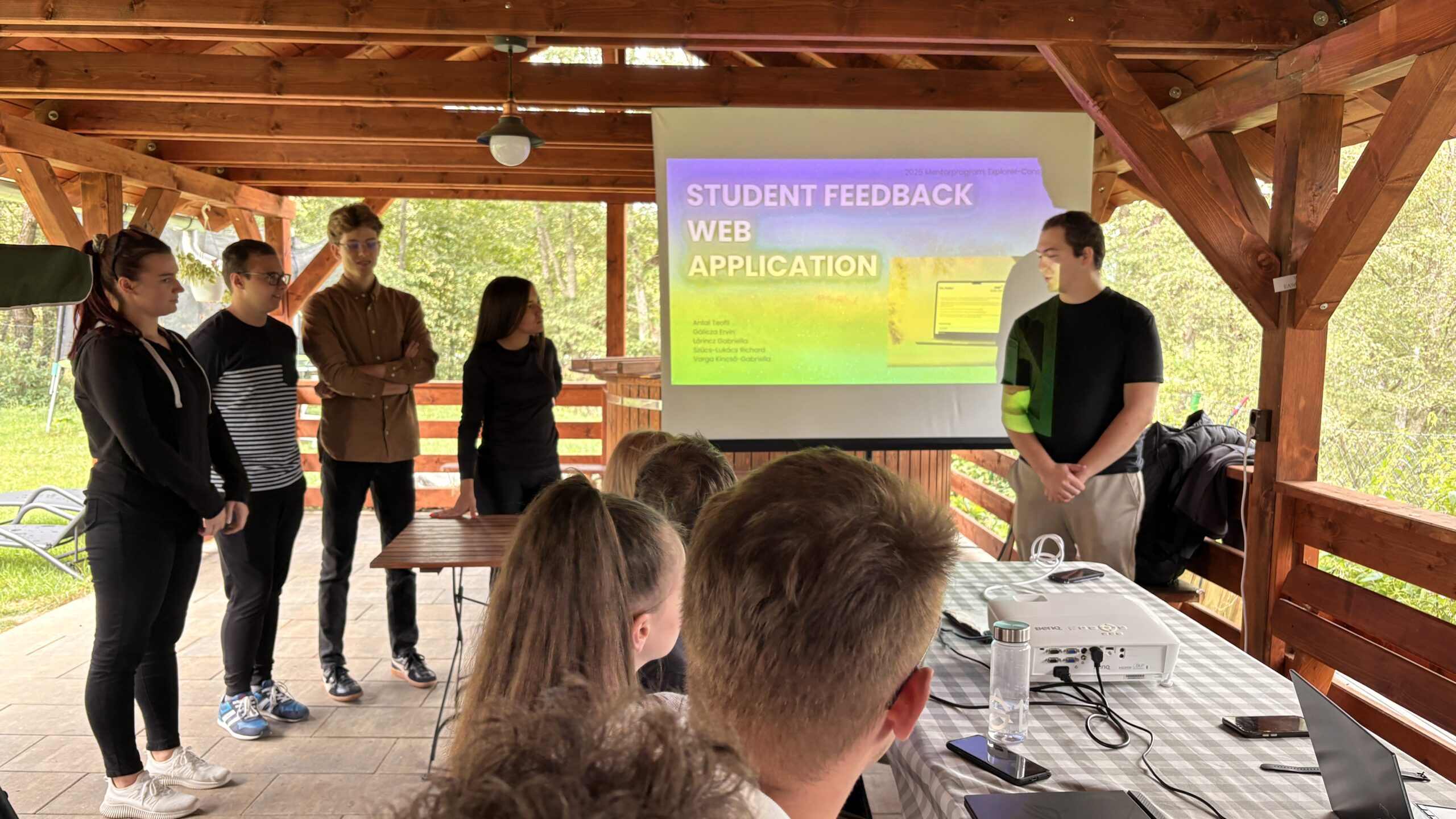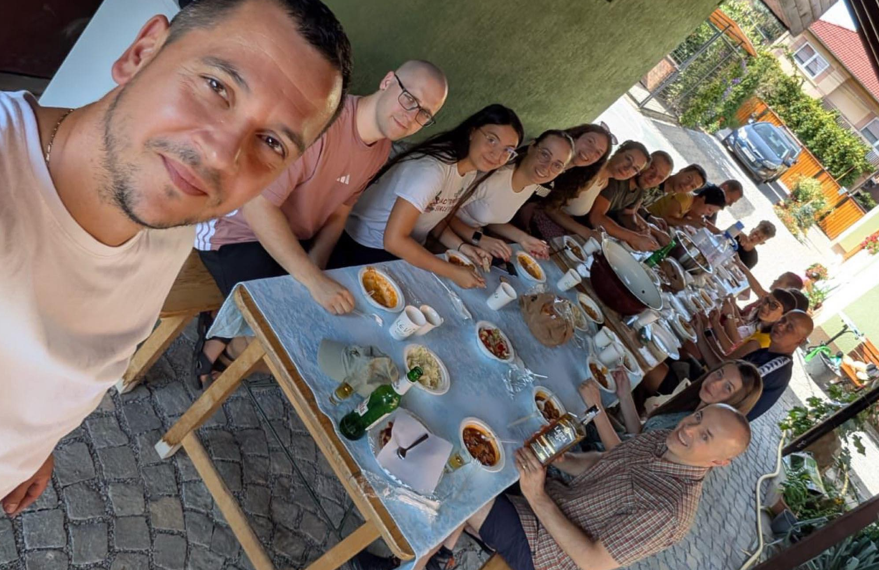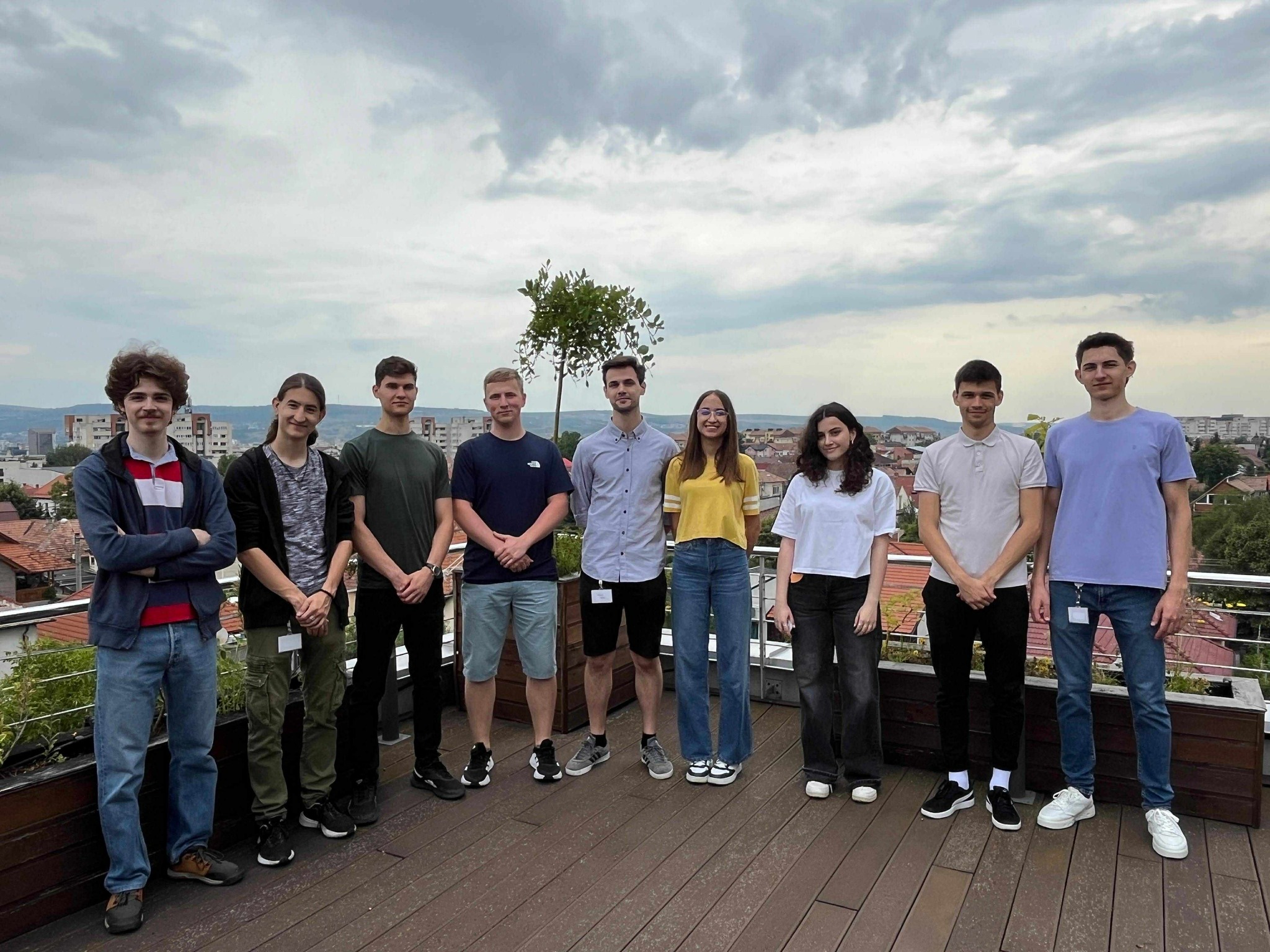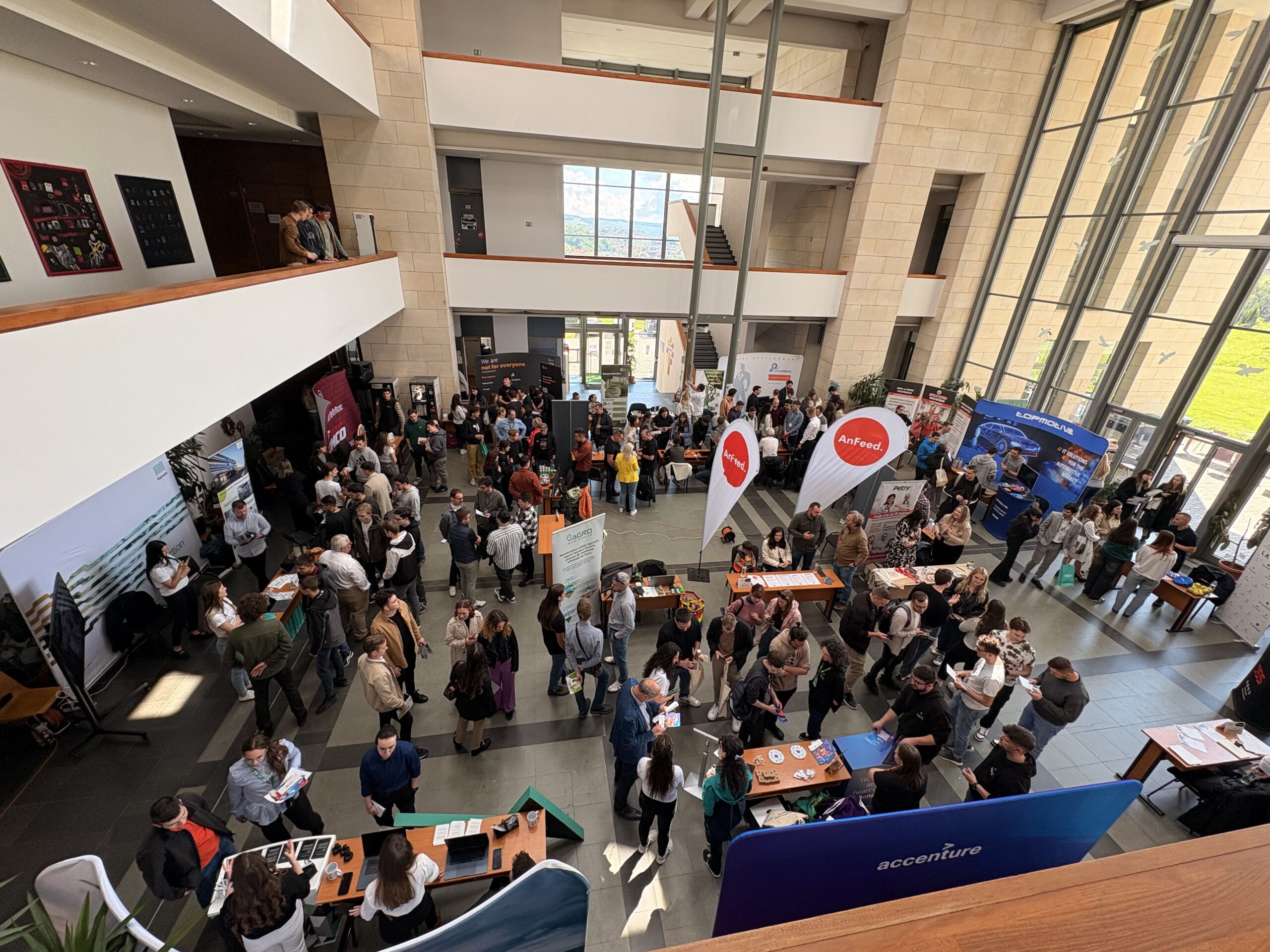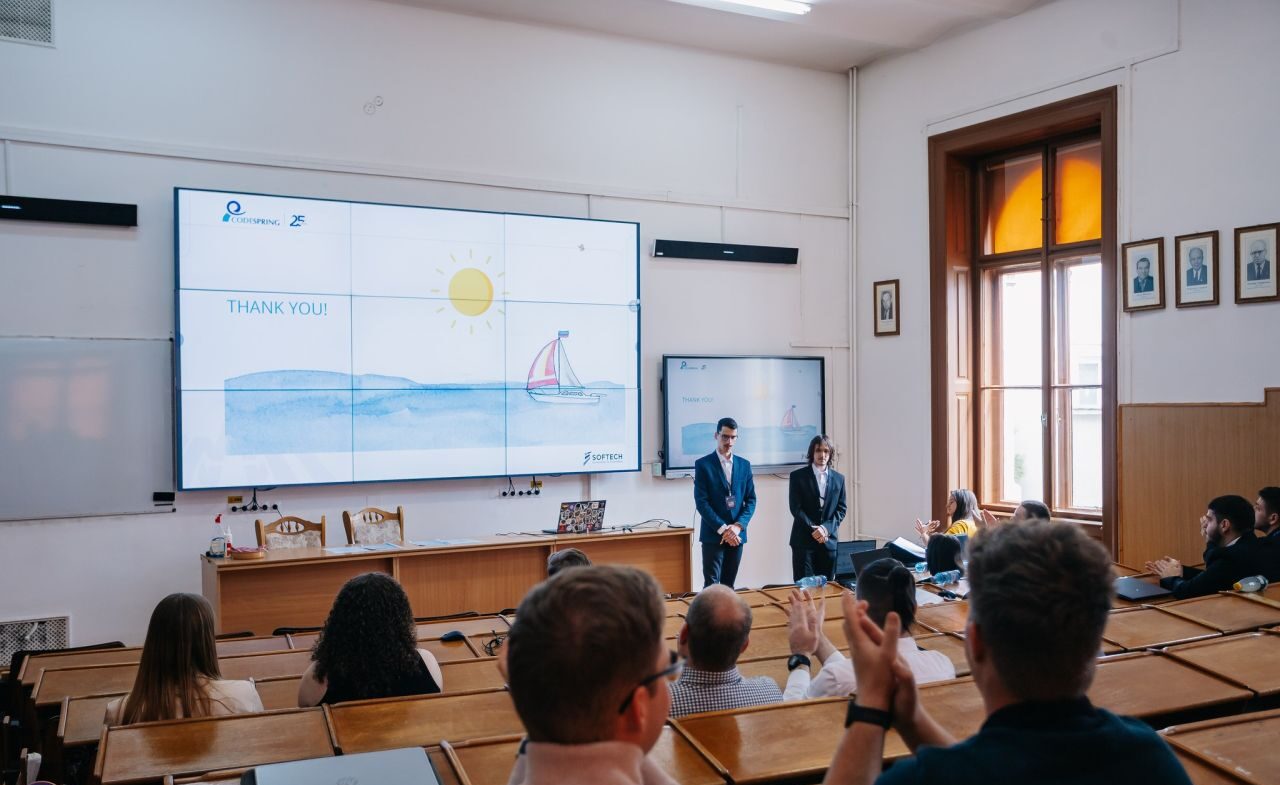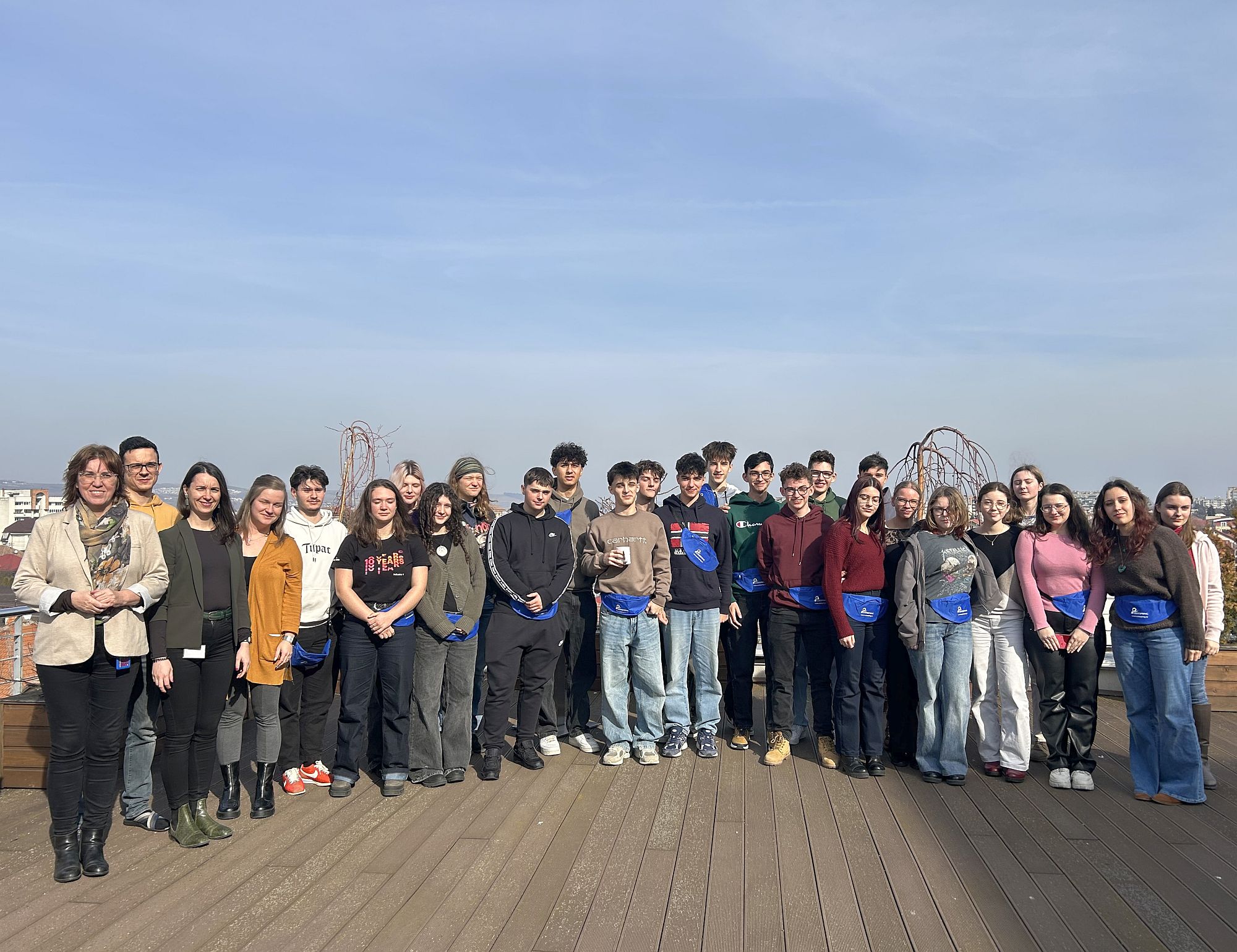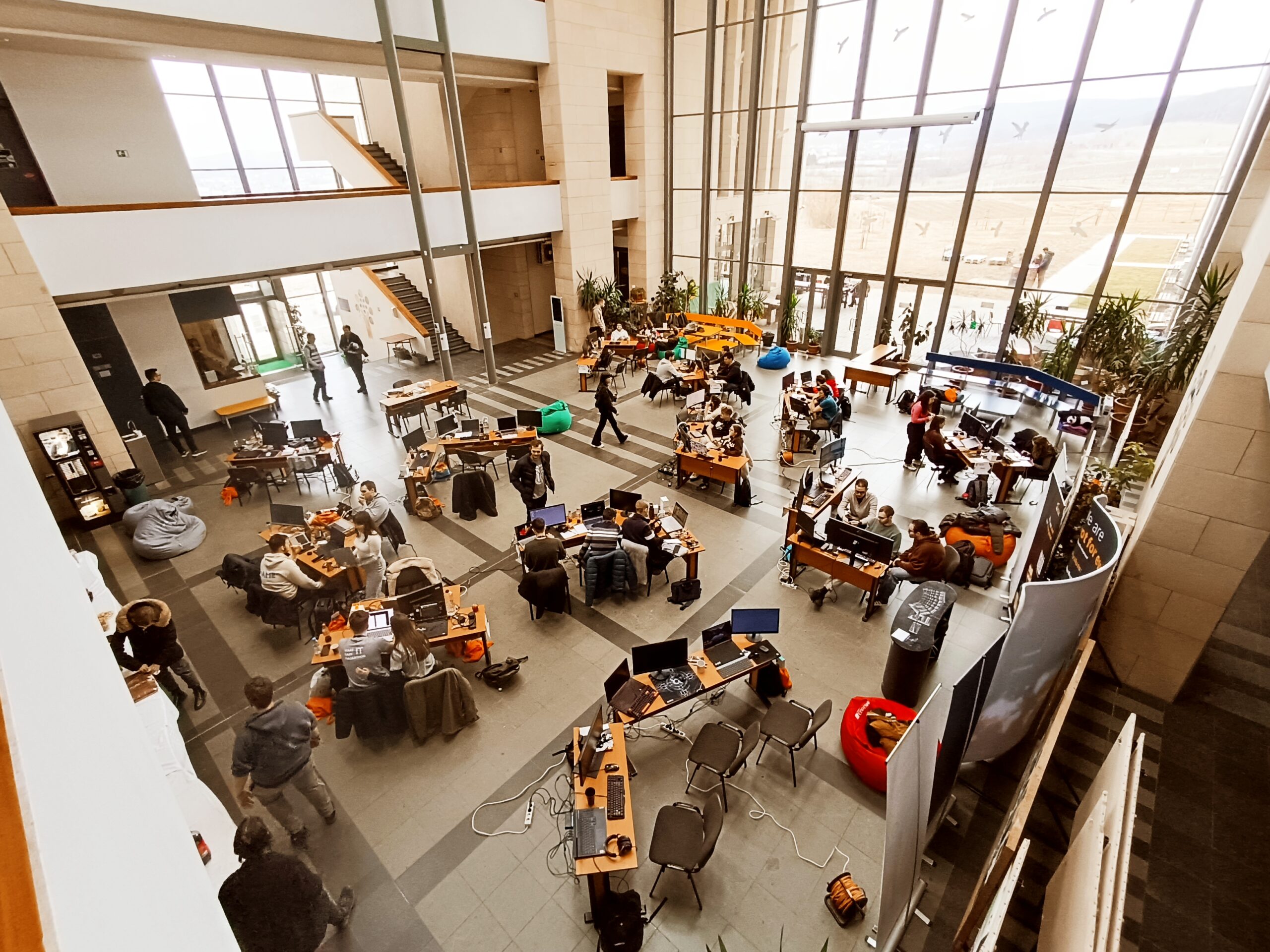
In partnership with Obuda University (Budapest, Hungary), Subotica Tech (Serbia) and the University of Novi Sad (Serbia), the IEEE event reached its 11th edition. On the occasion authors were welcomed to submit original and unpublished paper, followed by a presentation in front of a diverse audience.
Codespring and UBB (Universitatea Babes – Bolyai, Cluj-Napoca) team formed of: Máté Láng, Levente Pál, Zoltán Sebesi, Károly Simon, Péter Szilágyi, Tamás Török-Vistai presented a paper on a new approach to searching geographical and related data on the Internet. Called “RegionRank: a New Approach for Creating Web Search Services”.
According to the abstract of the before mentioned paper “RegionRank is a map service based web application. It generates results for queries containing multiple criteria and displays these results on a heatmap. In this way, the user can easily select the areas which are the best match for the given query. The user can choose from multiple aspects to build the query, and there is a possibility for setting the importance of these aspects by associating different weight values to each corresponding criterion.

Figure 1. Result of a complex search displayed on a heatmap (based on a sample data-source containing restaurants and bars, green areas and rivers in Cluj-Napoca). The regions marked in red or warmer colors are more appealing to the user`s search criteria.
A significant difference between RegionRank and other map-based web applications is that it extends the concept of POI (Point of Interest) and introduces the ROI (Region of Interest) concept. In this way, not only points, but also regions can be defined and searched by the application. Furthermore, in the framework of the application there is a possibility for using the classical searching approach and data representation. The ROIs can be visualized on the map and clustering algorithms will be used for view optimization.
RegionRank provides a unified API for handling data originating from different data providers, supports different formats, being easily extensible to integrate new data sources.”
After describing the proposed methods and theoretical concepts – such as the process of heat map generation and the implemented clustering algorithms, a brief presentation of the used development tools, technologies, design patterns and development methods follows.
The third section is the actual description of the project. Shortly describes the requirements, presents some use cases and the architecture of the application, the major milestones of the implementation, plus a short case study, which serves as a short user documentation.
A more detailed presentation of this project will be available online in the upcoming days.
Untill then, the conclusions are revealing: RegionRank in its current state is a prototype with several further development possibilities.RegionRank can be easily transformed into a cloud-based application using a SaaS (Software as a Service) platform. The application could be extended with crawler modules, semi-automatically collecting publicly available data from the Internet, based on given templates.
The conference itself hosted many interesting topics. The welcome plenary sessions approached the following themes: An Adventure into Active Systems via Mechatronics, Robotics and Manufacturing Engineering, Knowledge-based Cybernetics in Decision Support System based on Subjective Intelligence.
The main sessions were held on the following areas: Applied Mathematics, Environmental Protection Model, System modeling, Software Applications, Robotics, Control and Applications, Models in Medicine and Economics, e-Learning and Teaching.
A short feedback on the conference has been shared by the Hungarian TV channel Pannon RTV present at the conference: International Symposium on Intelligent Systems and Informatics
Last but not least, we thank the entities that supported the event and made it possible. Sponsors: IEEE Hungary Section, IEEE SMC Chapter, Hungary, IEEE CI Chapter, Hungary, IEEE IES and RAS Joint Chapter, Hungary. Technical Sponsors: IEEE SMC Society, Vojvodina Academy of Sciences and Arts, Serbia, Ministry of Sciences and Ecology of Serbia, IEEE CI Chapter, Serbia and the Hungarian Fuzzy Association
Codespring is an active supporter of R&D projects initiated by the UBB (Babes-Bolyai University, Cluj-Napoca) and we are committed to continue fostering innovation and research initiative within our community.
As for our colleagues, we can just say: Well done and keep up the good work!
Coming soon: More on the RegionRank project.


